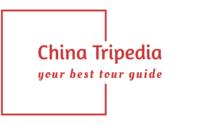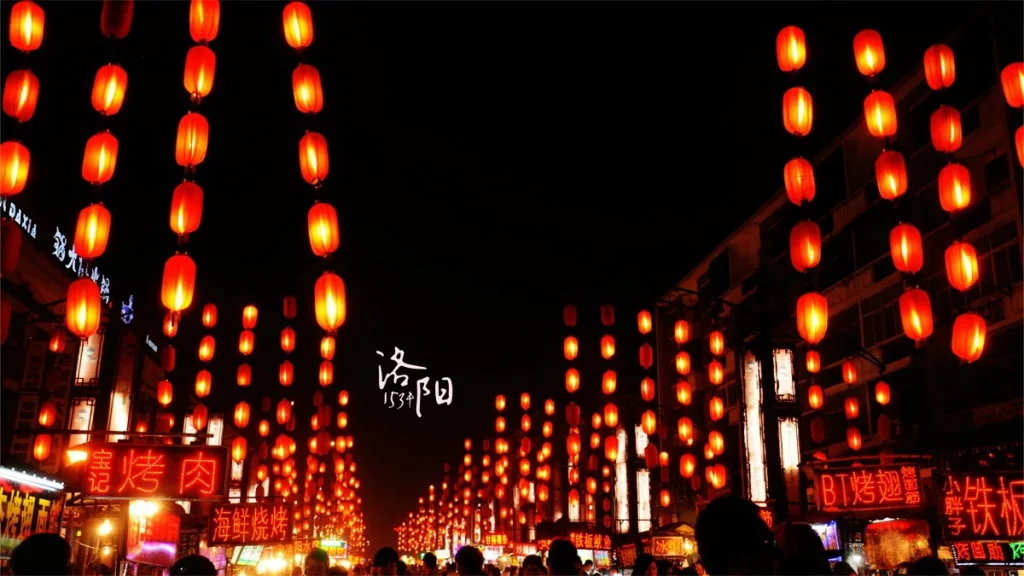Lijing Gate (丽景门), originally constructed in the first year of Xingding during the Jin Dynasty (1217 AD), has long been a place of worship for officials and people alike and served as the western gate of the ancient city of Luoyang. Throughout history, the city tower of Lijing Gate has been repeatedly destroyed and restored. Today, the Lijing Gate was reconstructed on the original site of the Ming and Qing dynasties by the municipal government in 2002, covering an area of over 18,000 square meters.
The entire Lijing Gate scenic area consists of the gate tower, the barbican, arrow towers, city walls, and Lijing Bridge (originally a drawbridge), as well as the moat. At first sight, you can appreciate its grandeur, and as you approach, stepping onto the Lijing Bridge, the ancient marble lions on the bridge pillars greet you with various postures. The river flows gently beneath the bridge. Entering the barbican, you look up to see the majestic ancient temple standing atop the arrow tower.
Climbing up the city wall to the highest point, you’ll find on both the north and south sides thirteen gilded dragon pillars symbolizing Luoyang’s status as the ancient capital of thirteen dynasties. Along the arched corridor with its carved beams and painted rafters, this was where officials and people from all walks of life gathered to worship gods and pray for blessings. Here, you’ll find the “Heluo Culture Corridor” and the “Imperial History Museum.” Heluo culture is the root culture of the Chinese nation, and the Heluo Culture Corridor showcases numerous historical figures from Heluo and their contributions to social progress. The Imperial History Museum exhibits historical materials related to the 104 emperors who established their capitals in Luoyang.
Lijing Gate is also the location of the old streets of Luoyang. Visitors can enjoy local snacks and explore the culinary delights of Henan. Every year, as the old year ends and the new year begins, the Lijing Gate city tower holds the “New Year’s Eve Midnight Bell Ringing” event. Visitors can climb the city tower and personally ring the bell 108 times, symbolizing prosperity, auspiciousness, peace, and happiness in the new year, echoing the bell of the White Horse Temple.
Basic Information
| Estimated Length of Tour | 1 hour |
| Ticket Price | 45 RMB |
| Opening Hours | 8.30 – 22.00 |
| Telephone Number | 0086-0379-63503777 |
Location and Transportation
Lijing Gate is located at the intersection of Ximenkou Street and Jinye Road in the Laocheng District of Luoyang, Henan Province, China. To get there, you can choose one of the following ways:
Bus: Take bus 20, 45, 58, Holiday Line 1, or Tourist Line 1 and get off at Lijing Gate Stop (丽景门站)
Metro: The closest metro station to the attraction is Lijingmen (丽景门) on line 1. After getting out of the station form Eixt A, walk about 100 meters to the south to reach the entrance.



